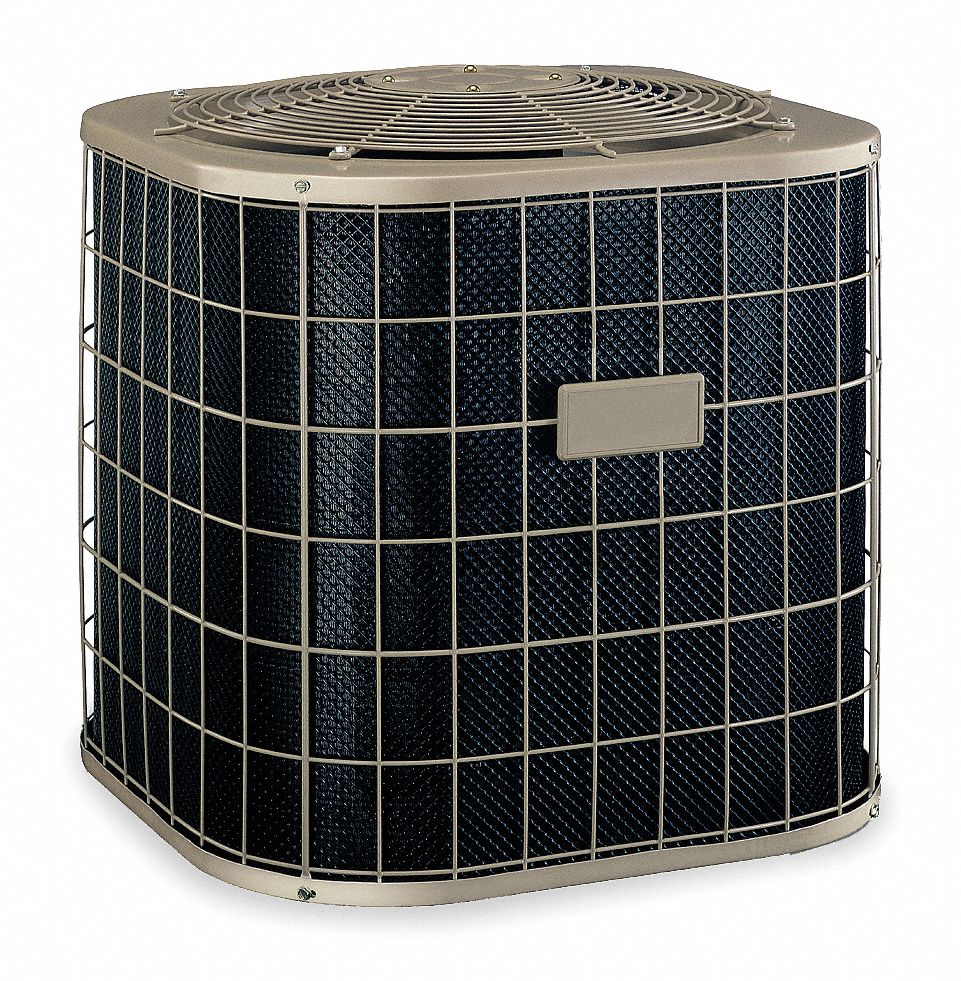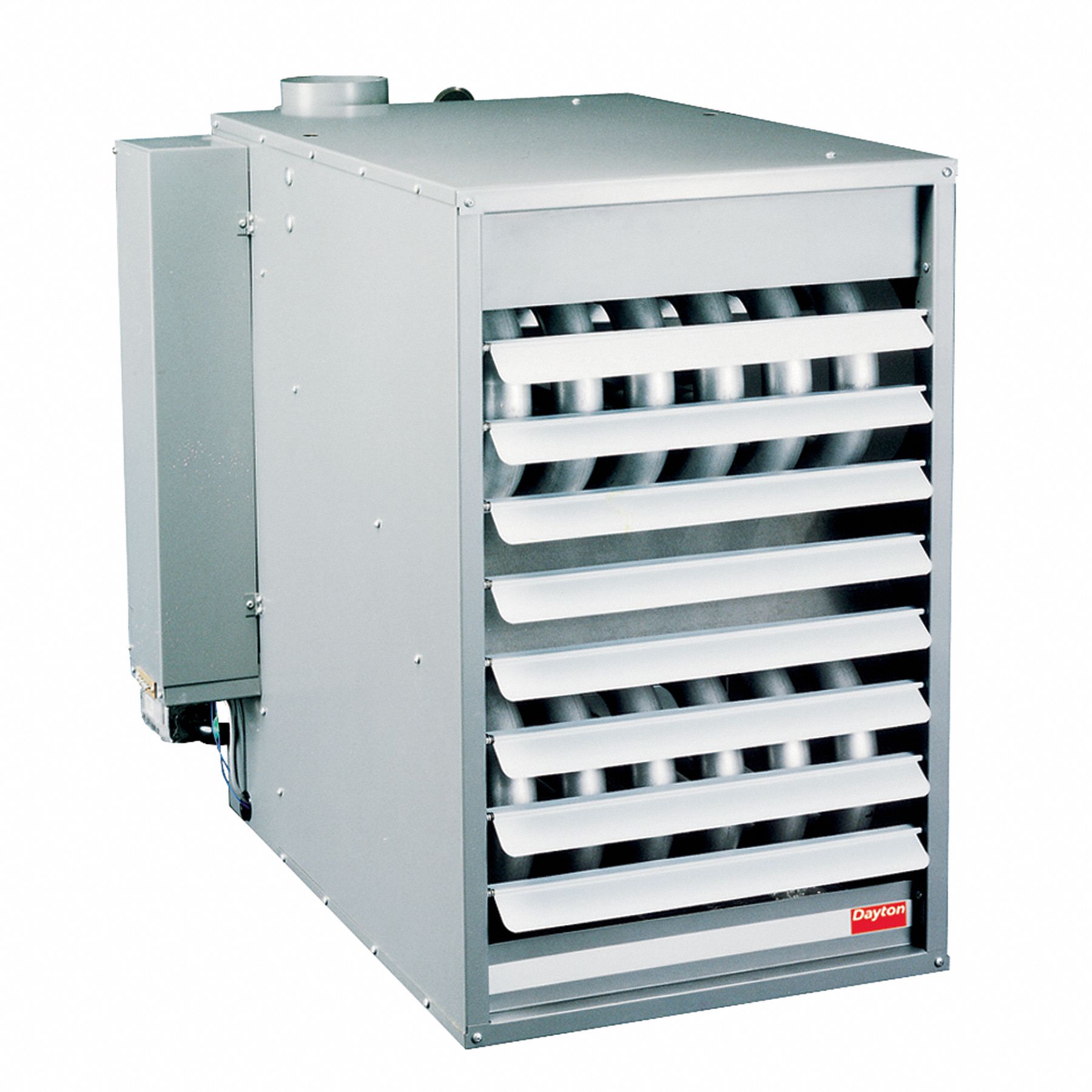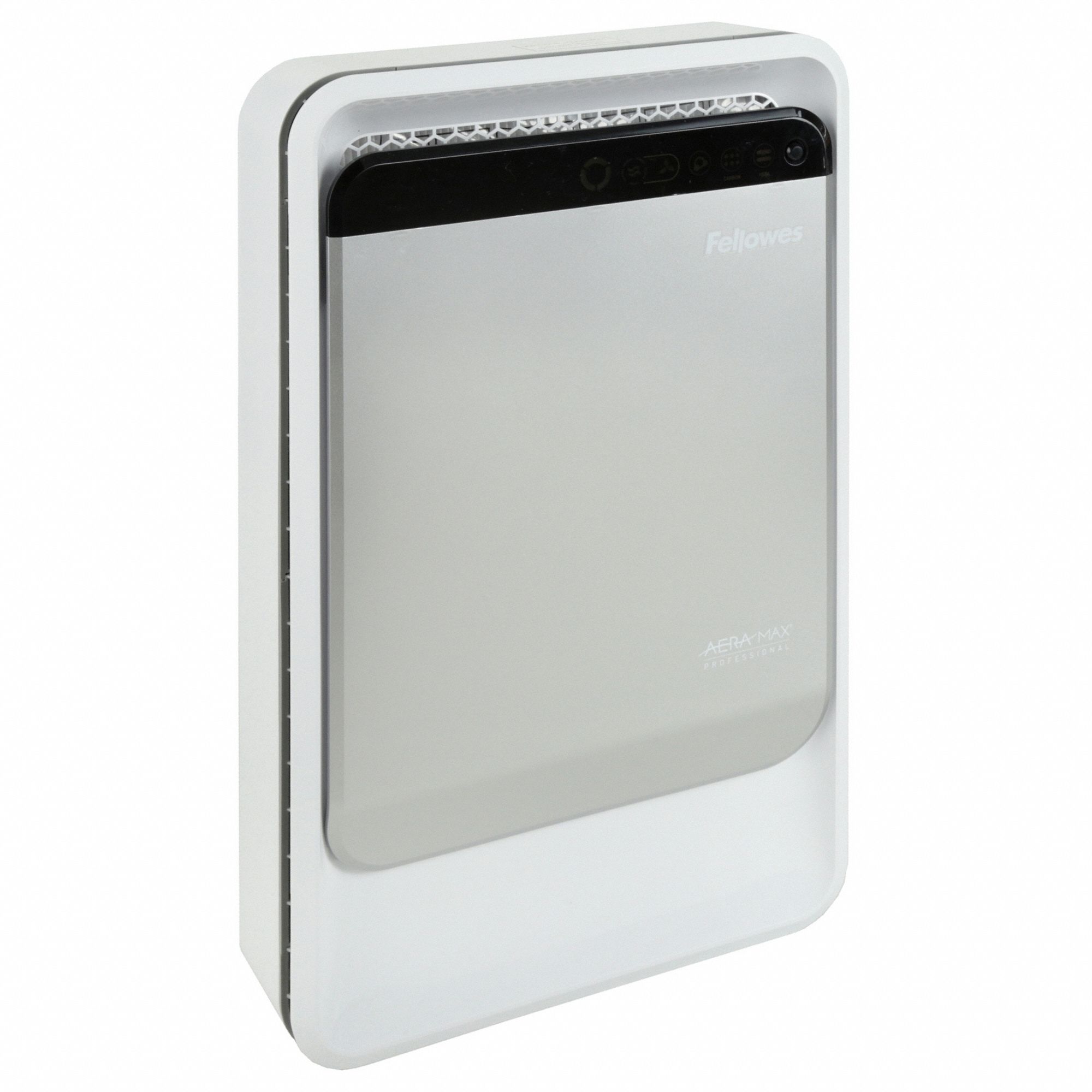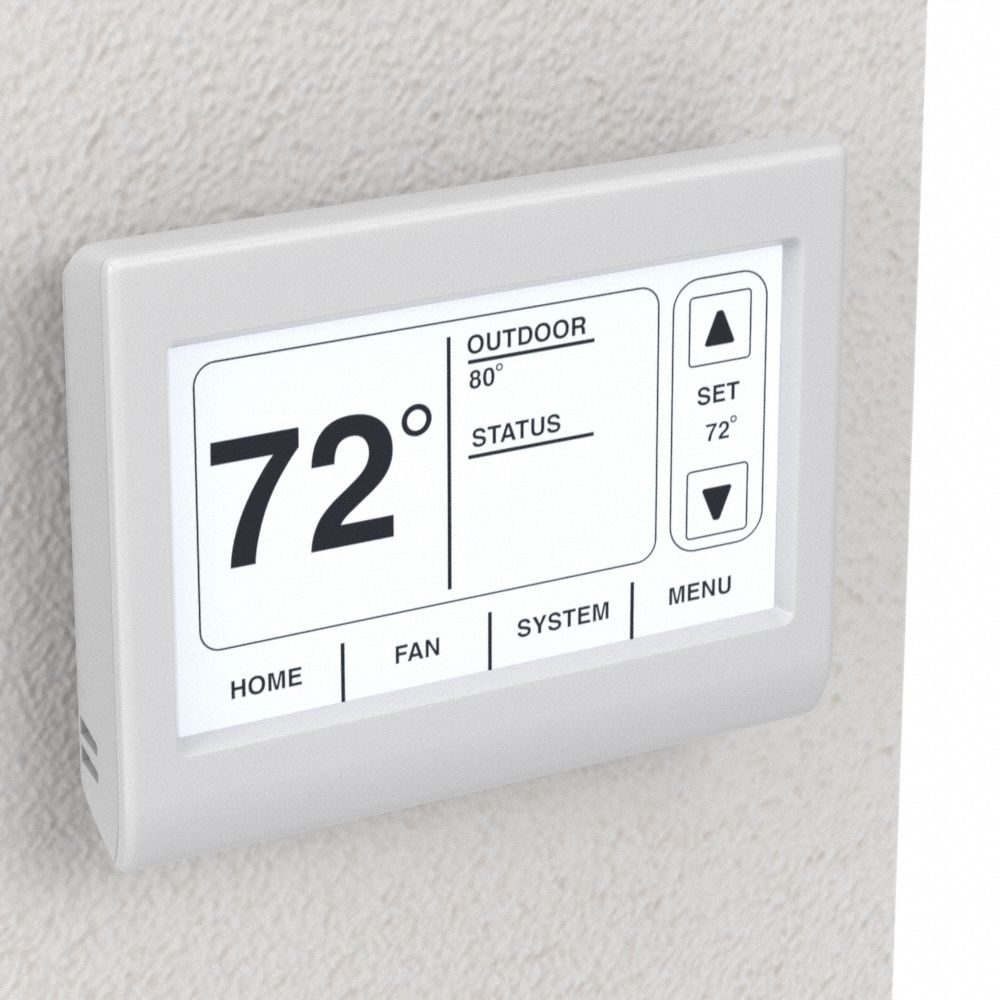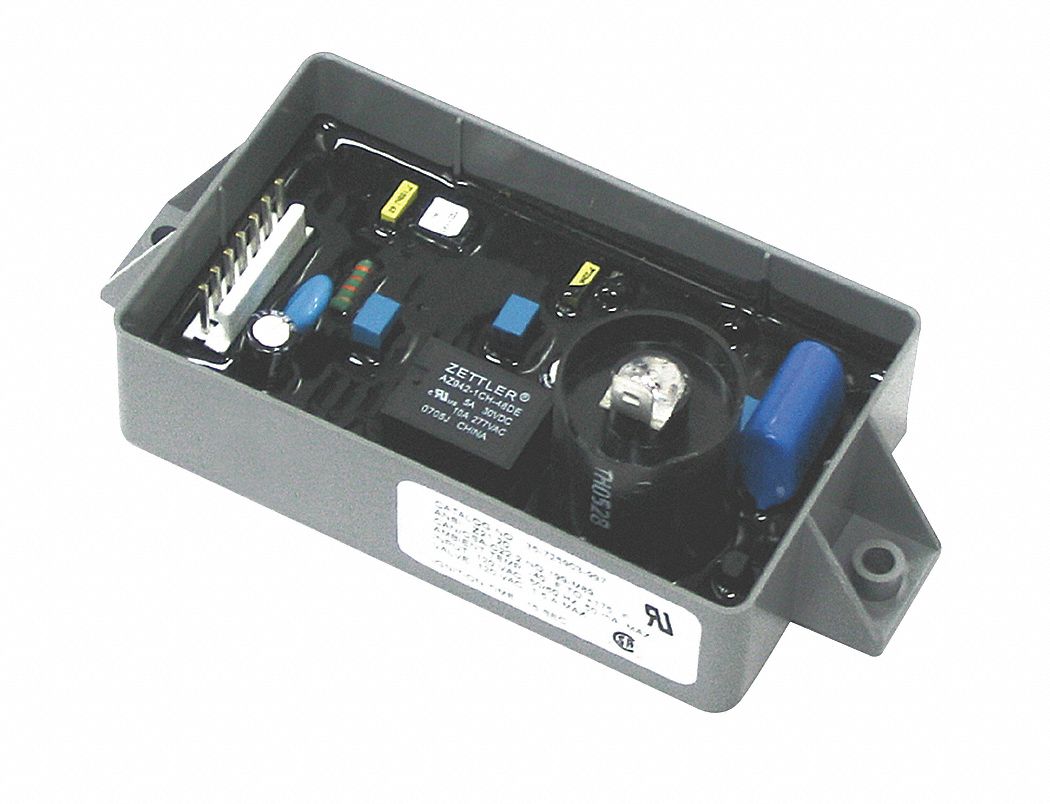

Four Reasons to Manage Your Building Components Like Assets
By Grainger Editorial Staff 2/25/19
Keeping your aging building’s maintenance costs down and treating its key components like assets versus liabilities just makes good business sense.
When inefficient energy usage, outdated systems, poor IT/communications infrastructures, and a lack of electrical outlets turn into time-consuming, financial liabilities in older buildings, it’s time to rethink the way companies view these aging assets.
With 72% of U.S. industrial buildings now aged 20 years or older, learning the true costs of maintaining such structures and coming up with new ways to eke more life out of those buildings while also keeping them safe, compliant, and as energy efficient as possible should be top of mind for manufacturers, distributors, schools, hospitals, and retailers nationwide.
“As time goes by, equipment and building structures begin to get old and to show some technical problems,” according to facility management platform which notes that while some assets will inevitably have to be replaced, preventive maintenance can be a big help. “Proper planning is essential to find ways to extend the life of existing assets and/or to coordinate the upcoming expenses.”
Four Reasons to Start Now
One way to extend building life while also maintaining a safe, energy-efficient workplace is by treating your building components like assets. Here are four reasons to start doing this today:
- Running components to failure is a bad idea. Putting off asset maintenance until something breaks is a failed approach that too many companies rely on. “While deferring maintenance may seem like a viable cost-saving measure, the reality for many of these buildings is often years of neglect that can result in significantly greater expenses in the long run,” FacilitiesNet.com points out. A better approach is to use life cycle cost analysis to take a holistic approach to building maintenance.
In Guidelines for Life Cycle Cost Analysis, Stanford University explains how the cumulative cost of operating and maintaining facilities significantly impacts the overall budget (and not just the maintenance budget) as buildings age. “Even when funds are set aside to construct new buildings,” FacilitiesNet.com adds, “they rarely extend to the ongoing operational costs vital to maintaining the facility and slowing the decline of building utility and performance.”
To keep building maintenance costs in check as buildings age, Stanford suggests the life cycle cost analysis (LCCA) approach, which is the process of evaluating the economic performance of a building over its entire life. “Sometimes known as whole cost accounting or total cost of ownership,” the university points out, “LCCA balances initial monetary investment with the long-term expense of owning and operating the building.”
- Preventive maintenance keeps the plant running. By getting out in front of potential HVAC, electrical, roof, and plumbing issues before they turn into real problems, companies can save themselves money, headaches, and hassle. Using regular maintenance and performance checks on key building components, for example, companies can keep their assets up and running longer than other maintenance approaches allow.
Preventive maintenance also translates into lower repair costs (since those repairs are now being managed over the long run, versus on an ad hoc basis) and a safer workplace (due to fewer catastrophic equipment or structural failures).
“Projects that are put on hold, repair that is neglected, or maintenance that is ignored adds up to a costly and complex problem,” FacilitiesNet.com points out. “The cost of deferred maintenance could potentially be 30 times that of the early intervention cost.”
When kicking off a new preventive maintenance plan for an aging building, plan to spend between two and six percent of your company’s annual operating budget on the initiative.
“Prevention not only saves money, but it helps facilities avoid replacement,” FacilitiesNet.com adds, “which requires capital assets and often an extensive process from evaluation and design to funding and implementation.”
- More moving pieces equals a bigger need for proactive maintenance. Systems that are more complicated and that require more involved maintenance practices than your own facility staff might be able to conduct are likely stronger candidates for proactive maintenance. “The more moving pieces of equipment in a building, the more need you have for proactive maintenance,” Alliance Mechanical’s Tim Campbell told Buildings.
The good news is that by developing and adhering to a proactive maintenance plan, both building and asset life can be extended while achieving better energy efficiency, fewer service calls, and longer life expectancy of its equipment. With HVAC equipment, for example, proactive maintenance typically equates to less than half the cost of reactive maintenance,” Buildings reports, noting that the most critical systems in your facility will be the most valuable candidates for a proactive maintenance program.
“The best bang for the buck is where the maintenance activities are going to have a direct impact on either downtime or energy costs,” the publication continues. “In a lot of scenarios where there really isn’t an impact on downtime and energy, you’re trading dollars between either proactive maintenance or reactive maintenance. If you choose not to go with a proactive maintenance strategy, you’re going to have increased corrective maintenance from breakdowns.”
- Even small upgrades make the workplace safer while boosting employee retention. Even if you’re getting way more useful life out of an asset than you ever thought possible, you’ll want to keep the safety of your workers in mind when budgeting for equipment upgrades, initiating modernization projects, and solving system compatibility issues.
In an era where skilled workers are getting harder to come by and where the national unemployment rate is hovering at historic lows, the last thing you want is for valued workers to walk off the job because they’re frustrated with the “old stuff” that they’re forced to work with.
“Equipment isn't meant to last forever. Like everything else, it has an expiration date, and it can begin to exhibit signs of wear and tear that require attention,” Reliable Plant states. “Beyond simply becoming less reliable because of system changes over the years, older equipment may not be able to safely protect personnel and other equipment as it was designed.”
Modern electrical equipment also offers features to ensure workers are operating in safer conditions, including space-age materials, compact formats, and digital trip units, the publication adds. “They also offer high-fault current withstand capability without the use of limiting fuses. Since power circuit breakers provide such a vital function in protecting the electrical system and reducing the risk to workers from arcing faults, these design improvements are a quantum leap forward in equipment and personnel protection.”
It Makes Solid Business Sense
As you can see, the high risks associated with running a plant and its assets to failure doesn’t work, nor does waiting around for “something to happen.” The proactive approach to maintaining older buildings—which includes treating components like assets and taking care of them on a regular basis—just makes solid business sense.
![]()
The information contained in this article is intended for general information purposes only and is based on information available as of the initial date of publication. No representation is made that the information or references are complete or remain current. This article is not a substitute for review of current applicable government regulations, industry standards, or other standards specific to your business and/or activities and should not be construed as legal advice or opinion. Readers with specific questions should refer to the applicable standards or consult with an attorney.

